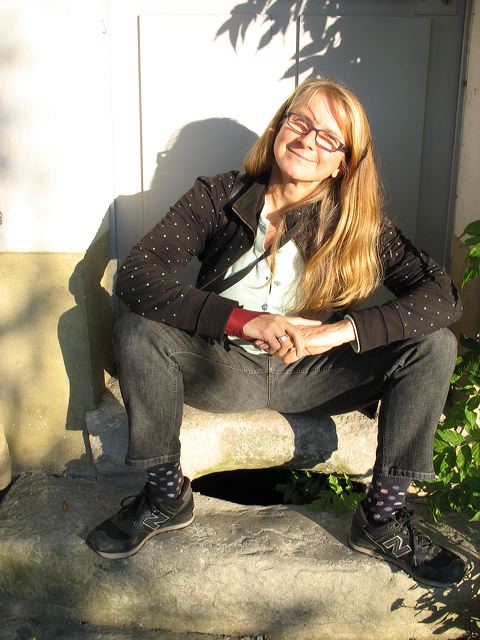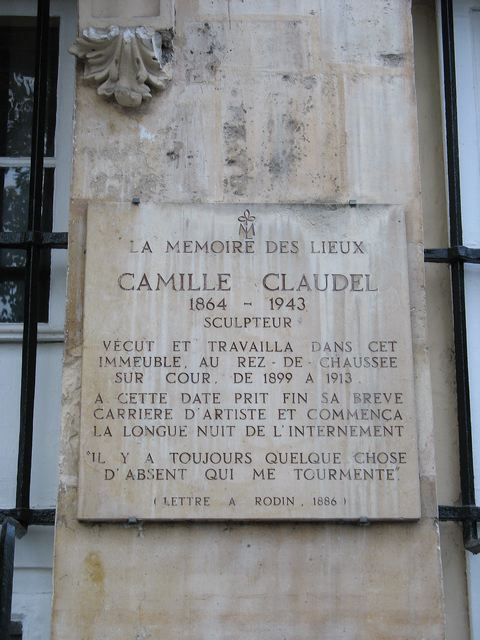
The poetry of Stephane Mallarmé is part of what inspired me to come to Paris. Called ‘le poet du néant’ or the poet of nothingness, by J-P Sartre, he has influenced several generations of artists and thinking about words and the white space around the written word. In visiting his country house in Vulaine-sur-Seine recently, I discovered a striking experience we both share. Mallarmé’s mother died when he was seven. He and his sister were raised by their grandmother, who loved them fiercely. But mostly, I can’t get over the hole in the front steps of his doorway. Witnessed by photos in the museum, this hole was present during his lifetime and when staying there, he must have stepped over it at least once everyday.
I see a white void and a black void and sometimes they mix. Both are scarey, but the white void seems to be more about silence and absence, while the dark void is a result of, or is somehow, inside the white void. The black void can be alluring and hypnotic; it is about loving the absence, it is addiction and death. Both are there. Both are all around us and inside us all the time – sometimes bigger, louder, sometimes smaller, quieter.
Everyday we step over it, hide it, fill it up, avoid, deny it; mostly we don’t like that pinch of emptiness, that dangling feeling of NOT. Not right, not busy, not something, not somebody, not smiling, not happy, not here. Please, no NOT here, not now.
My mother is a luminescent, bright white. Mallarmé’s void is white. His most influencial poem was one of his last. Published posthumously, Un coup de dés, (A Throw of the dice.) broke all conventions for printing text. In the typography and spacing of the words on the page, empty space is acknowledged; in the placement of the words, one must read this white space that connects the words. He loved words and often choose to use abandonned antique meanings, creating a dense, obscure work, where the sound and beauty of words preempt ideas and meanings, which he felt should be merely suggested and revealed in reading between the lines. Constellations and shipwrecks are evoked as metaphors for words and thoughts coming out of nothing, a ‘nothingness’ that he believed lay just beyond this reality. From there, artists reveal the essence of perfect forms. This is where I disconnect. I don’t know if there is an essence of nothing beyond what I imagine and work with and I do not believe in a perfect form. There is only experience and transformation and this is how I chose to interpret the last line of his poem: each thought sends out a throw of the dice.
If I have come here to Paris only to tame or to recognize my sense of nothingness and this is where I would use the French word apprivoiser, then, that is enough. That is in fact, a lot. Jump, this is the theatre of Yves Klein’s – leap into the void. Each day, we live with the possibility of death and we rarely think of it. Our genes must be weighted with an optimism that blinds us to its presence.

Nadja pointed out this plaque the other day; it is directly across the Seine from my studio. A hundred years ago, Camille Claudel would have been working there. Twenty five years or so ago, I came to Paris and saw her work for the first time in The Rodin Museum. 